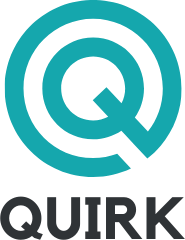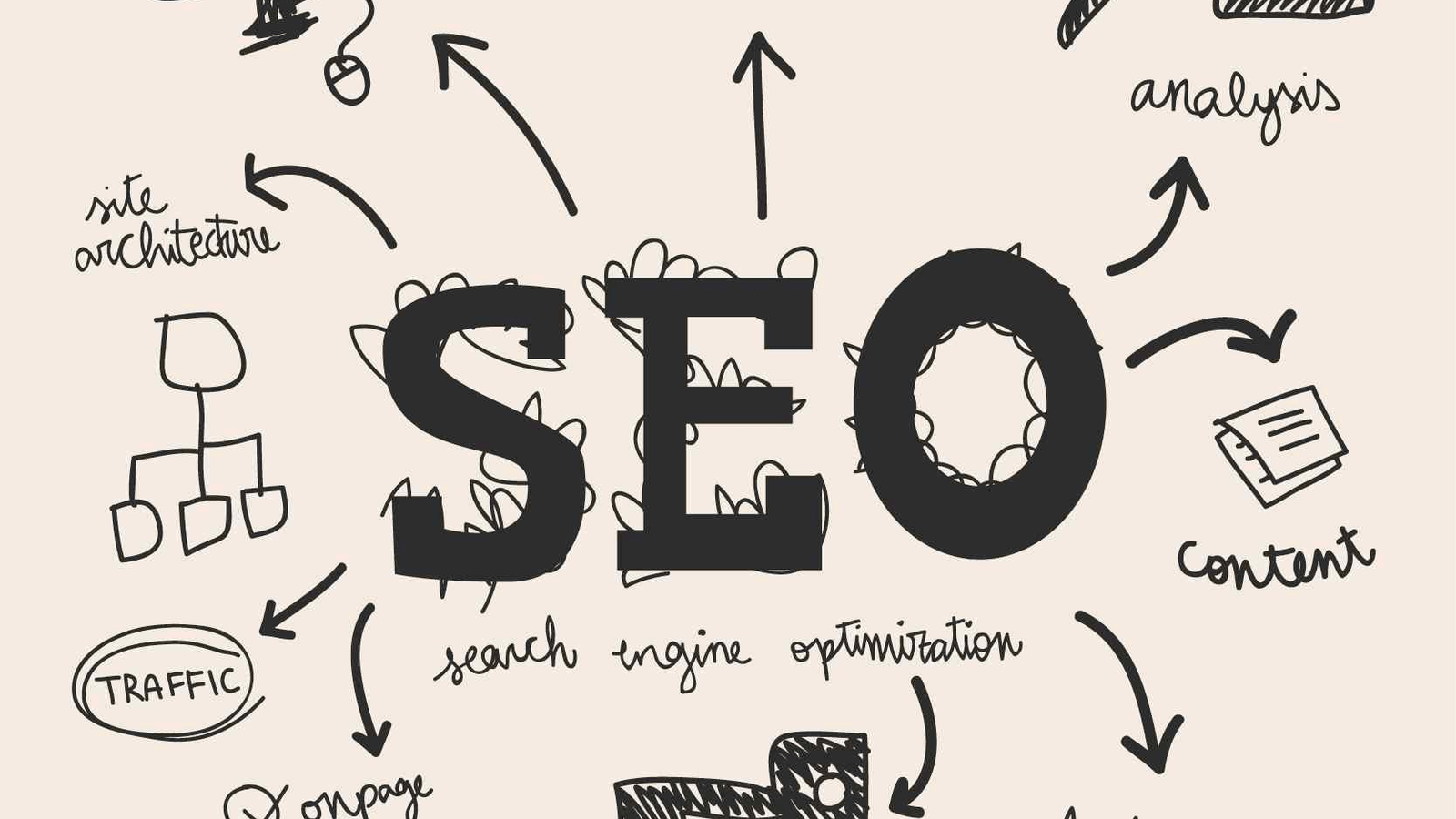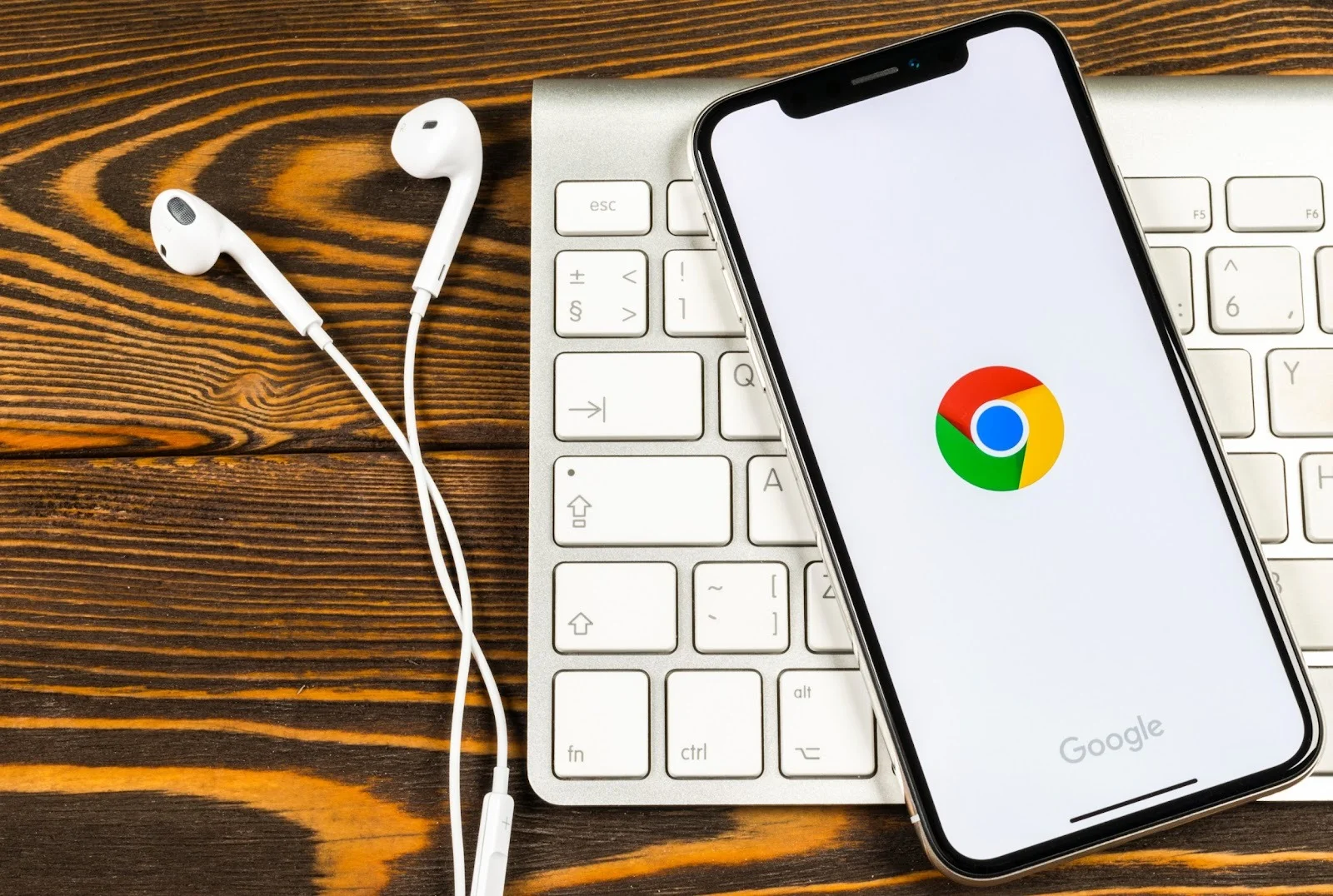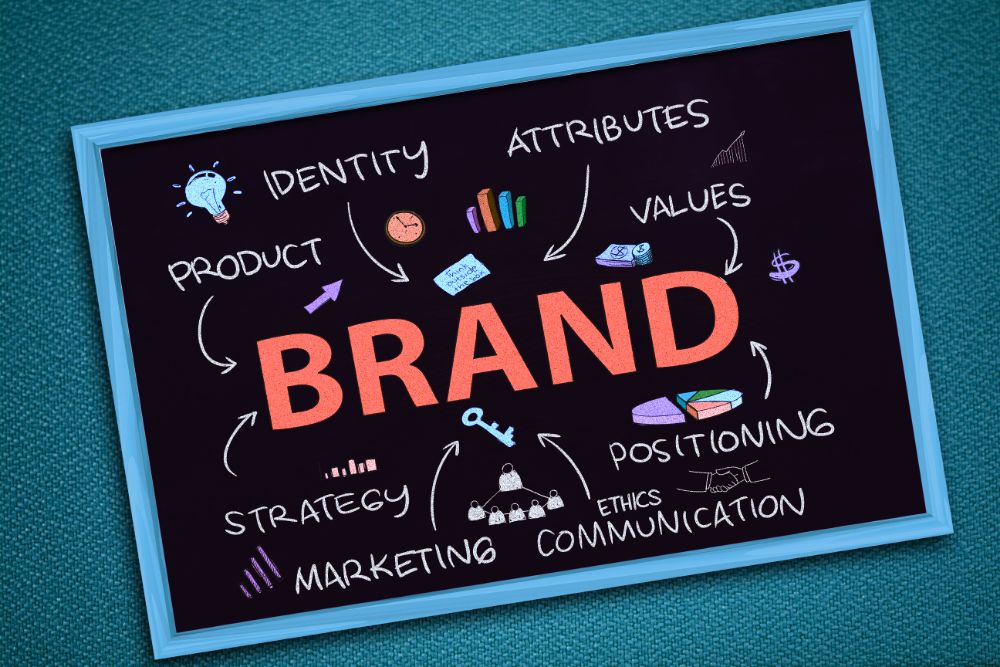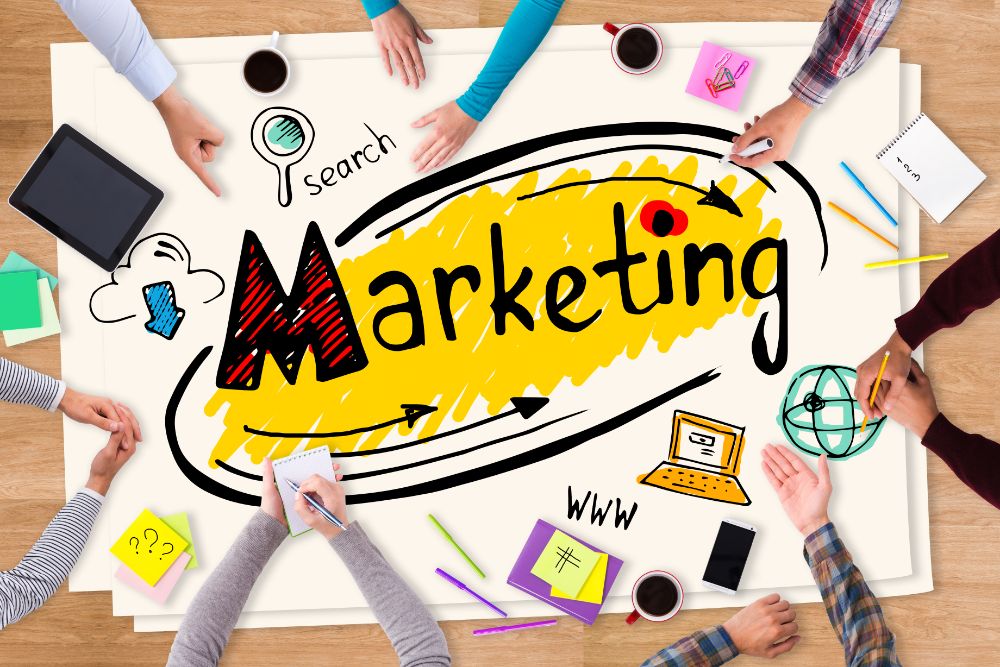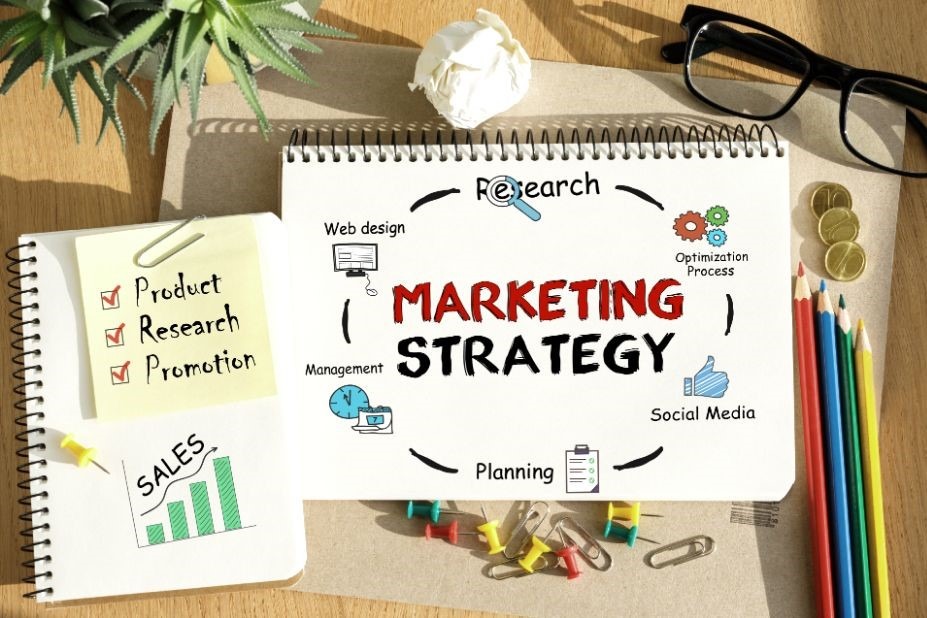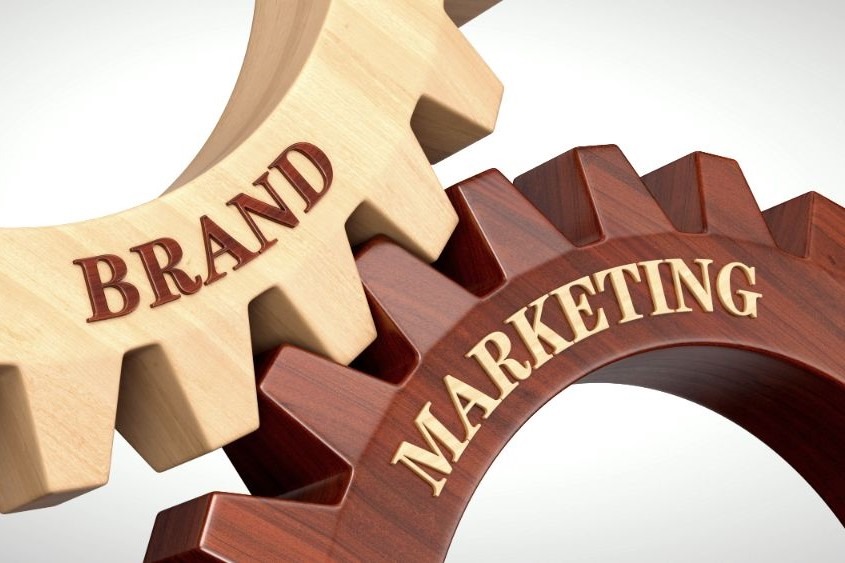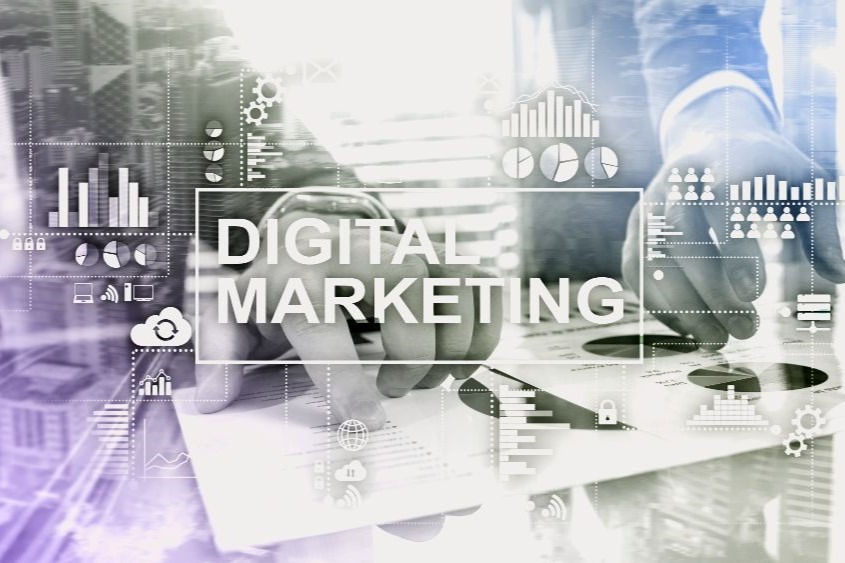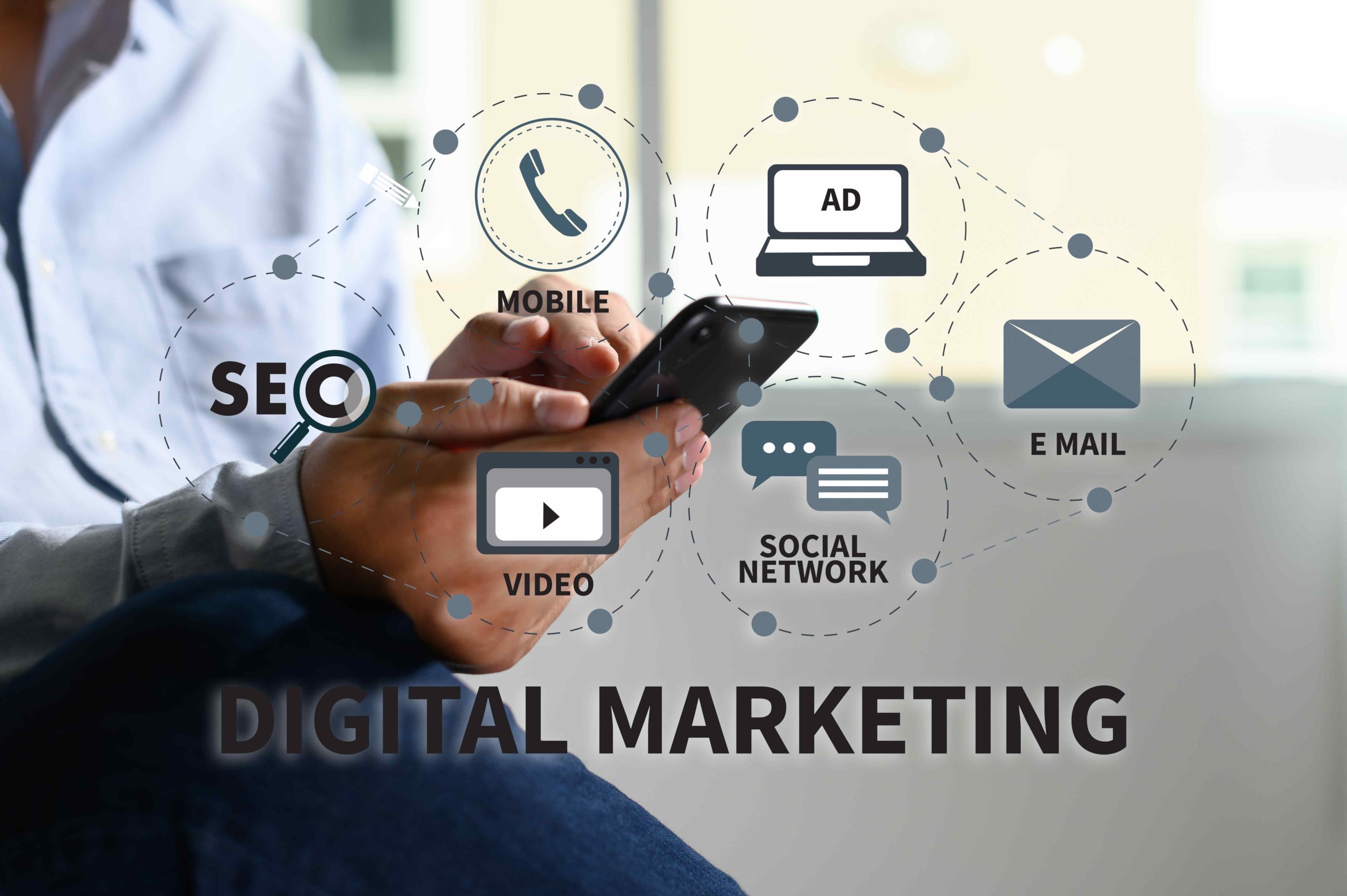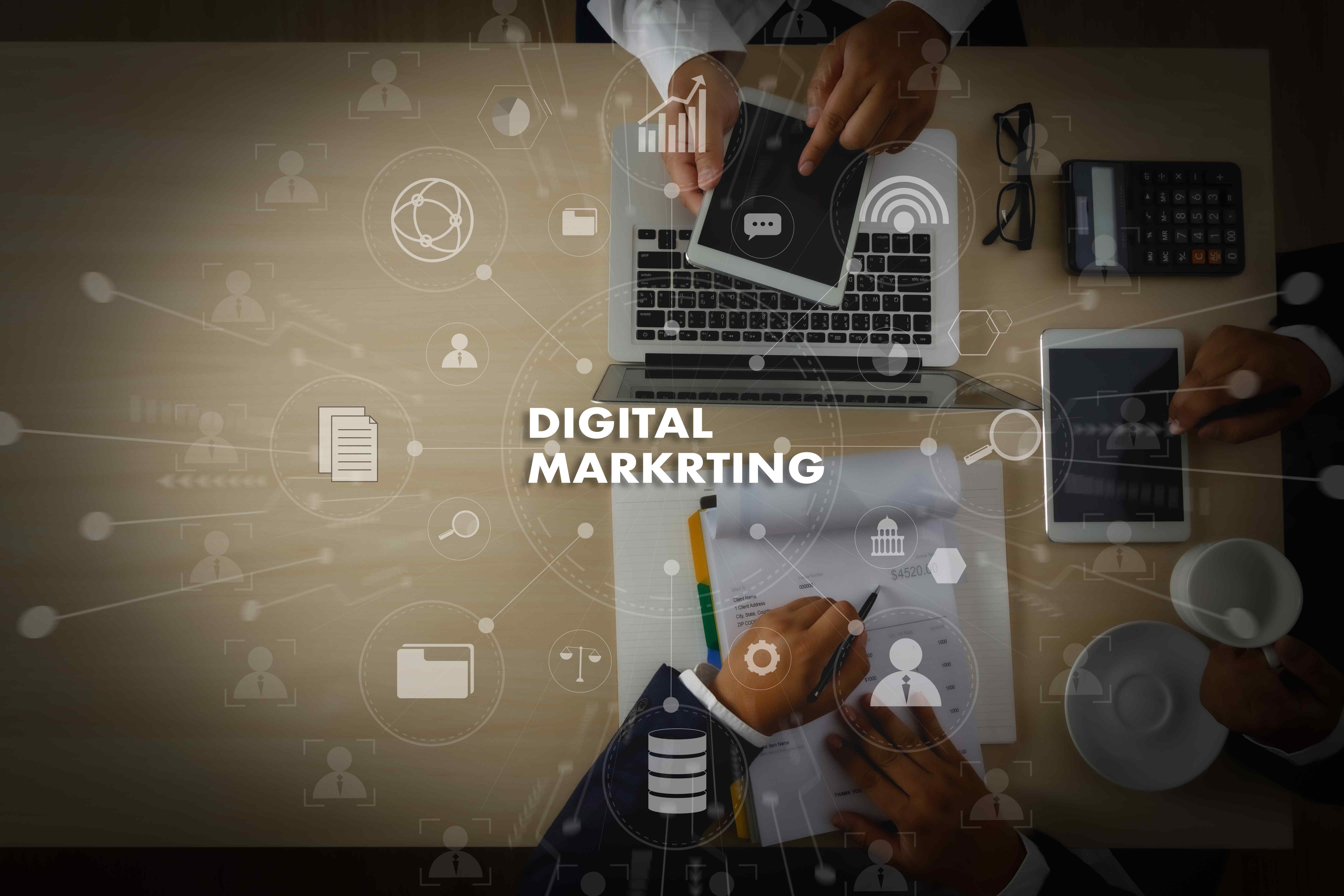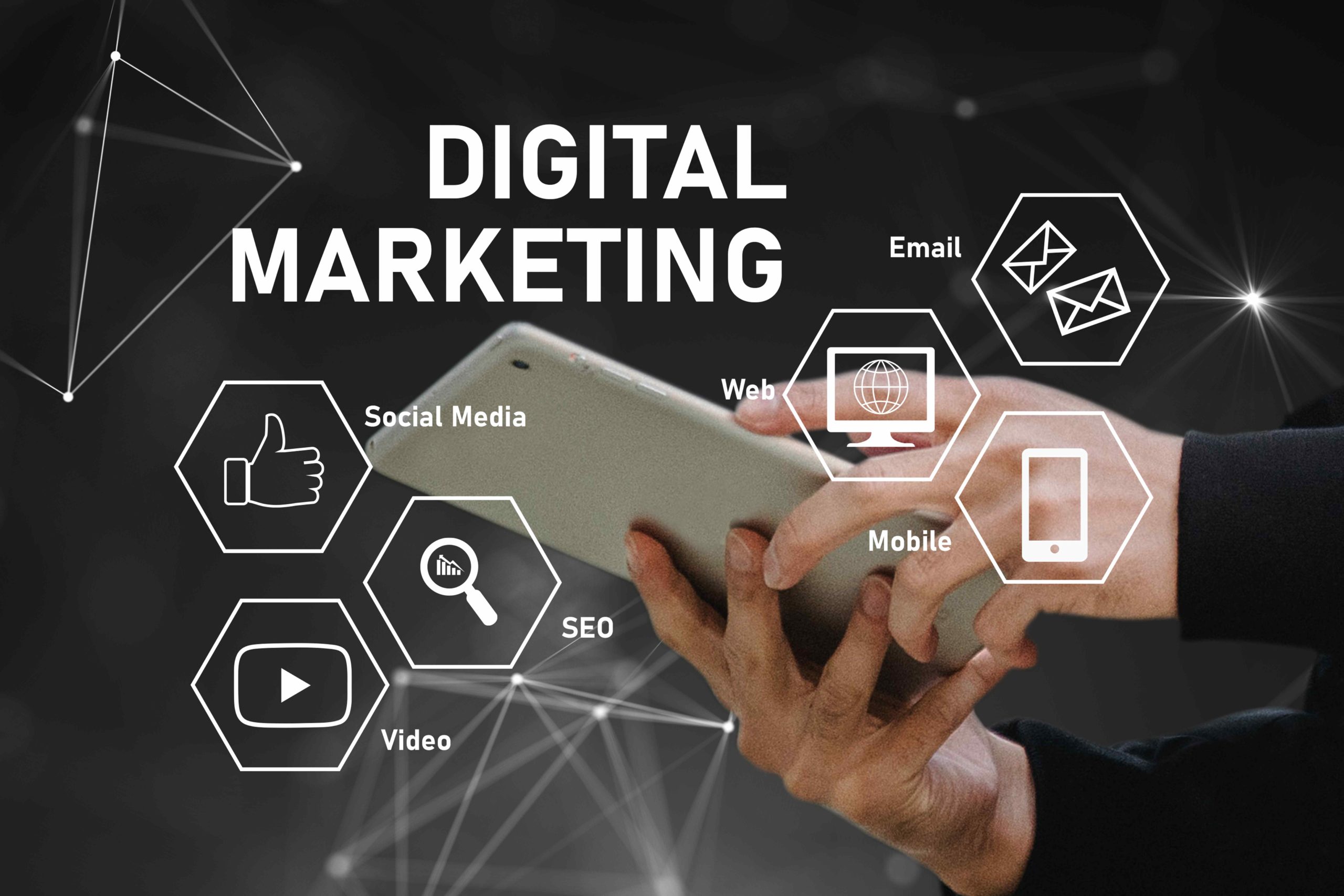
In today’s digital landscape, businesses are constantly seeking innovative ways to reach their target audience and drive conversions. One powerful tool that has revolutionized online advertising is Pay-Per-Click (PPC) marketing.
But what exactly is PPC marketing, and how can you harness its potential to grow your business?
Let’s dive into the essentials of PPC and explore strategies to make the most out of your campaigns.
What is Pay-Per-Click Marketing?
Pay-per-click (PPC) marketing is a digital marketing model in which advertisers pay a fee each time their ad is clicked. Essentially, it’s a way of buying visits to your site rather than attempting to “earn” those visits organically. The most common platforms for PPC advertising include Google Ads, Bing Ads, and social media platforms like Facebook, Instagram, and LinkedIn.
How Does PPC Work?
Here’s how the PPC process works:
Keyword Bidding
The foundation of a PPC campaign begins with advertisers selecting specific keywords or phrases that are relevant to their business. These keywords are the terms potential customers use when searching for products or services online. Advertisers then place bids on these keywords, indicating the maximum amount they are willing to pay for each click on their ad.
The Ad Auction Process
Whenever a user enters a search query that matches the advertisers’ chosen keywords, an auction is triggered. This auction determines which ads will appear in the search engine results and their order of appearance. The auction isn’t just about who bids the most; several factors come into play to ensure a fair and relevant ad placement.
Ad Ranking Factors
The search engine uses an algorithm to rank the ads. Key factors influencing this ranking include:
- Bid Amount: The maximum bid set by the advertiser.
- Ad Relevance: How closely the ad matches the keyword and search query.
- Ad Quality: The overall quality of the ad, which includes the ad text, the keywords used, and the landing page experience.
- Expected Click-Through Rate (CTR): The likelihood that the ad will be clicked based on historical performance.
Ad Display
The ads that win the auction are displayed at the top of the search engine results pages (SERPs) or in other designated ad spaces on the platform. These prime spots are highly visible and can significantly increase the chances of attracting clicks and conversions.
Pay Per Click Model
True to its name, PPC charges advertisers only when a user clicks on their ad. This model ensures that advertisers are paying for actual traffic to their website, making it a cost-effective advertising strategy.
Quality Score
In platforms like Google Ads, each ad is assigned a Quality Score ranging from 1 to 10. This score is based on the ad’s relevance to the keyword, the expected click-through rate, and the quality of the landing page. A higher Quality Score can lead to better ad positions at lower costs.
Ad Rank Calculation
The final position of an ad is determined by its Ad Rank, which is calculated by multiplying the Quality Score by the maximum bid. This means that even if an advertiser’s bid is lower than a competitor’s, a higher Quality Score can still secure a top ad position.
Budget Control
Advertisers have control over their spending by setting maximum bids and daily budgets. This allows them to manage their advertising costs effectively, ensuring they do not exceed their financial limits while still reaching potential customers.
Targeting Options
PPC platforms offer a variety of targeting options to help advertisers reach their desired audience. These options include targeting based on demographics, interests, geographic location, and even specific times of the day. This precision targeting increases the likelihood of reaching users who are most likely to convert.
Multiple Platforms
While search engine advertising, such as Google Ads, is common, PPC can also be implemented on social media platforms like Facebook, Instagram, and LinkedIn, as well as through display advertising on various websites. Each platform offers unique opportunities to reach different segments of the audience.
What is the Difference Between PPC vs. SEM?
Understanding the distinctions between PPC (Pay-Per-Click) vs. SEM (Search Engine Marketing) is crucial for crafting a successful online marketing strategy.
The most fundamental difference between PPC and SEM is scope. PPC is a specific type of advertising within the larger umbrella of SEM. PPC is exclusively about paid advertising, where the advertiser incurs a cost each time an ad is clicked. In contrast, SEM includes PPC but extends to include SEO efforts, which do not directly incur costs for each click but involve investments in time, resources, and tools to improve organic search rankings.
Another critical difference is the cost structure. PPC operates on a pay-per-click model, meaning you pay for each visitor driven to your site through the ad. This model provides immediate traffic but requires continuous investment. SEM, through its SEO component, focuses on organic visibility, which, although it involves indirect costs like content creation and optimization tools, does not require payment for each click. SEO efforts, while slower to yield results, can lead to sustainable and long-term traffic growth without ongoing costs per click.
The time frame for results also distinguishes PPC from SEM. PPC campaigns can generate traffic and visibility almost instantly once the ads are live. This is beneficial for short-term goals and quick wins. On the other hand, SEO, as part of SEM, is a long-term strategy. It can take months of consistent effort to see significant improvements in organic rankings and traffic. However, once achieved, the benefits of SEO can persist with less ongoing investment compared to PPC.
Lastly, sustainability marks a clear difference. PPC traffic stops when you stop paying for ads, making it a short-term solution requiring constant budget allocation. SEO, however, provides long-term benefits. Once your site ranks well organically, it can continue to attract traffic with less frequent and less intensive maintenance efforts, making it a more sustainable approach.
Why is PPC Important?
Here are some key reasons why PPC (Pay-Per-Click) advertising is important:
- Quick results: Unlike SEO which can take months, PPC can drive immediate traffic to your website. Ads are usually approved and running the same day.
- Cost-effective: In 2022, PPC brought in an average of $2 for every $1 spent, making it a cost-effective advertising method.
- Targeted advertising: PPC allows you to precisely target specific audiences based on factors like keywords, demographics, location, and more.
- Measurable and trackable: PPC platforms provide detailed performance data, allowing you to easily track clicks, conversions, and return on investment.
- Budget control: Advertisers have complete control over how much they spend, making it suitable for businesses of all sizes.
- Competitive advantage: PPC allows you to target brand or competitor-related keywords, helping you gain visibility in search results even if your organic rankings are low.
- Valuable marketing data: Insights from PPC campaigns can inform other marketing strategies like SEO and content marketing.
- Flexibility: You can quickly adjust campaigns, test different ads, and optimize based on performance data.
- Increased brand awareness: Even if users don’t click immediately, frequent ad appearances help build brand recognition.
- Complement to other marketing efforts: PPC can work synergistically with SEO and other marketing channels for a comprehensive digital strategy.
What are the Types of PPC Ads?
Different types of PPC ads serve unique purposes and can be utilized to target specific audiences effectively. Here’s an overview of the main types of PPC ads:
Search Ads
Search ads are the most common type of PPC ads and typically appear on search engine results pages (SERPs). These text-based ads are triggered by users’ search queries and are displayed alongside organic search results.
- Placement: Displayed at the top or bottom of SERPs.
- Components: Usually include a headline, URL, and a short description.
- Use Case: Ideal for capturing intent-based traffic as they target users actively searching for specific information, products, or services.
Display Ads
Display ads are visual-based advertisements that appear across the Google Display Network (GDN) or other display networks. These ads can be images, videos, or rich media formats.
- Placement: Shown on a vast network of websites, apps, and videos.
- Components: Include images or videos, headlines, and call-to-action buttons.
- Use Case: Effective for brand awareness and retargeting campaigns, reaching users who may not be actively searching for your product but fit your target demographics.
Social Media Ads
Social media ads are PPC ads displayed on social media platforms like Facebook, Instagram, LinkedIn, Twitter, and Pinterest. These ads can take various formats, including images, videos, carousels, and stories.
- Placement: Appear in users’ feeds, stories, and sidebars.
- Components: Highly customizable with text, images, videos, and interactive elements.
- Use Case: Great for targeting specific demographics, interests, and behaviors, and fostering engagement and brand loyalty.
Shopping Ads
Shopping ads are specifically designed for e-commerce businesses. These ads showcase individual products along with their images, prices, and descriptions.
- Placement: Displayed on SERPs, usually at the top or side of the page.
- Components: Product image, title, price, store name, and sometimes ratings.
- Use Case: Ideal for driving traffic to product pages and increasing online sales by providing detailed product information directly in the ad.
Video Ads
Video ads are PPC ads that appear before, during, or after video content on platforms like YouTube and other video hosting sites.
- Placement: Shown on YouTube, within the Google Display Network, and on other video platforms.
- Components: Short videos with engaging content, calls-to-action, and sometimes interactive elements.
- Use Case: Effective for storytelling, demonstrating product features, and capturing attention with engaging content.
Retargeting Ads
Retargeting ads (or remarketing ads) target users who have previously visited your website or interacted with your brand but did not complete a desired action (e.g., purchase, signup).
- Placement: Can appear on search engines, social media platforms, and across display networks.
- Components: Can be in the form of text, image, or video ads tailored to remind users of their past interactions.
- Use Case: Highly effective for re-engaging potential customers and encouraging them to complete the desired action.
Native Ads
Native ads blend seamlessly with the content on the platform where they appear, providing a less intrusive advertising experience. They often appear as sponsored content or in-feed ads.
- Placement: Shown within the content stream of websites, apps, or social media feeds.
- Components: Match the form and function of the platform, including headlines, images, and content that align with the user experience.
- Use Case: Ideal for promoting content, increasing brand visibility, and driving engagement in a non-disruptive manner.
App Promotion Ads
App promotion ads are designed to drive app downloads and engagement. These ads appear on search engines, social media, and within other apps.
- Placement: Shown on app stores, search results, social media platforms, and within other apps.
- Components: Include app images, descriptions, and call-to-action buttons to install or open the app.
- Use Case: Perfect for increasing app downloads and user engagement.
How to Use PPC Effectively
To make the most of PPC marketing, follow these expert tips:
Research and Select the Right Keywords
Start with thorough keyword research. Use tools like Google Keyword Planner, SEMrush, or Ahrefs to find keywords with a good balance of search volume and competition. Focus on long-tail keywords, which are more specific and less competitive, increasing the likelihood of conversion. Read our article https://quirk.biz/how-to-do-keyword-research-for-seo/ for more useful information.
Create Compelling Ad Copy
Your ad copy should be concise, compelling, and relevant to the keywords. Highlight unique selling points and include a strong CTA. A/B testing different versions of your ads can help identify what resonates best with your audience.
Optimize Landing Pages
Your ad’s success hinges on the relevance of the landing page. Ensure that your landing page is optimized for the keywords you’re targeting, with a clear CTA and a seamless user experience. Fast load times, mobile responsiveness, and clear navigation are crucial for retaining visitors.
Learn what is on-page SEO and how to use it.
Implement Conversion Tracking
Set up conversion tracking in your PPC platform to measure the success of your campaigns. Track key metrics such as click-through rates (CTR), conversion rates, cost per conversion, and return on ad spend (ROAS). This data is invaluable for refining your strategy.
Leverage Ad Extensions
Ad extensions enhance your ads with additional information, such as phone numbers, location, or links to specific pages on your site. They increase the visibility and click-through rate of your ads, providing more value to potential customers.
Use Negative Keywords
Negative keywords prevent your ads from showing up in irrelevant searches. Regularly review and update your negative keywords list to avoid wasting your budget on clicks that are unlikely to convert.
Monitor and Adjust Regularly
PPC is not a set-it-and-forget-it strategy. Continuously monitor your campaigns’ performance and make adjustments based on data insights. Experiment with different bids, ad copies, and targeting options to optimize your results.
Conclusion
Pay-Per-Click marketing is a powerful tool in your digital marketing arsenal, offering targeted traffic, measurable results, and scalable spending. By understanding its mechanics and applying best practices, you can drive significant traffic and conversions, maximizing your marketing ROI.
Start with a clear strategy, continually refine your approach, and watch your business grow through the effective use of PPC advertising.

